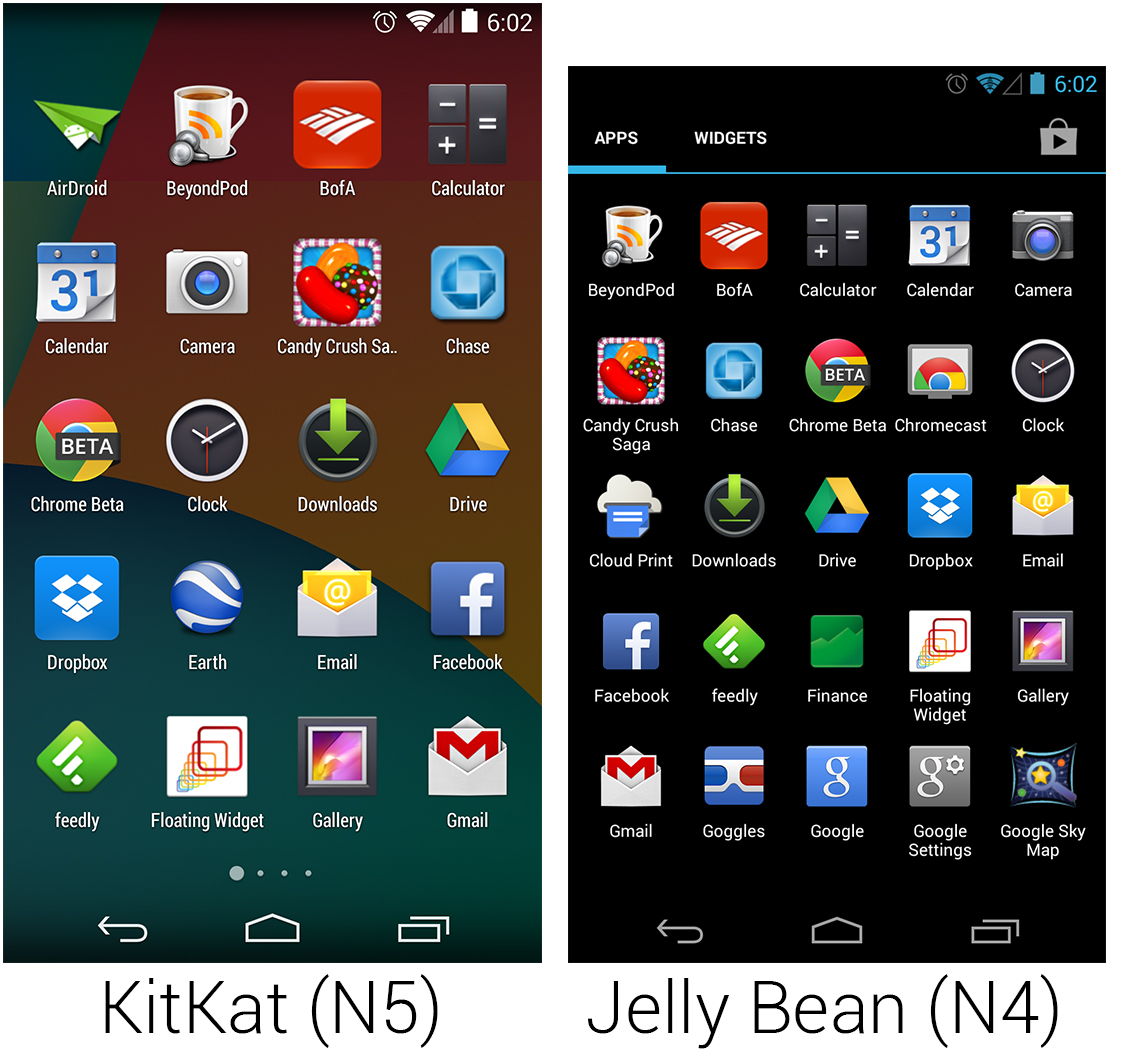
#ANDROID HIDE ICONS AT TOP OF SCREEN ANDROID#
And you know what? This wouldn't be the first time that Apple's influence has steered Android in the wrong direction and held it back from achieving an optimal user experience.) This addition feels more like a subtraction. (And yes, I realize this concept of notification dots is eerily similar to the icon-based notification badges that have long been present on iOS. And having it show up now in addition to that primary notification system-one of Android's distinguishing elements since the platform's earliest days-comes across as an odd sort of regressive duplication. It seems like a more rudimentary method of providing notifications that might have existed before the centralized, streamlined, and easy-to-manage primary notification system came into play. Or, of course, you can do what the dot really wants you to do and open the app to interact further.Īnyone else getting a hankering for some Doublemint gum?Īs I've been getting to know Android O's various elements over these past several months, I can't help but think this particular addition feels more like a subtraction when it comes to user experience and interface optimization. When a dot is present, you can long-press the icon to see the notification and then either tap the notification to open it or swipe to dismiss it-in other words, the same exact things you can do with the regular notification that calls for your attention just inches above. "Hey, look! I'm down here, too! Don't ignore me! OPEN ME! NOW!!!" Notably, that dot is redundant with the presence of an icon representing the same notification at the top of your screen-in, y'know, the notification panel-and thus serves only as an added distraction and a nag to you, the user. As the name suggests, the feature causes a dot to appear in the upper-right corner of an app's icon on your home screen whenever that app has a notification pending. Īt their core, Android O's notification dots represent an expanded system for delivering notifications. While the O release will bring some genuinely useful and productivity-enhancing new elements into the equation, this high-profile option strikes me as a step in the wrong direction. I'm talking about Android O's new notifications dots feature.

#ANDROID HIDE ICONS AT TOP OF SCREEN SOFTWARE#
Now, as Google puts the finishes touches on its next-gen Android O release and gets ready to send the software into manufacturers' hands, I fear we're going to have another item to add onto the list of "unnecessary distractions you'll want to address." And some of the most pressing ways to resolve that revolve around scaling back what these devices do by default and turning down the noise they generate. Out of the box, most Android devices aren't exactly optimized for productivity. That's why I put together a guide to taming Android and turning your phone into a productivity powerhouse-a device that works for you and makes your life easier instead of serving as an added distraction and siphon of your time. From the second we wake up in the morning, after all, we're surrounded by stupendous technology-but by default, it doesn't always operate in a manner that actually enhances our lives.
In a way, it's become a bit of a theme for me over the past couple years: figuring out ways to tame the technology around us and make it work for our needs as opposed to just getting in our way. I've been thinking a lot lately about productivity.


 0 kommentar(er)
0 kommentar(er)
